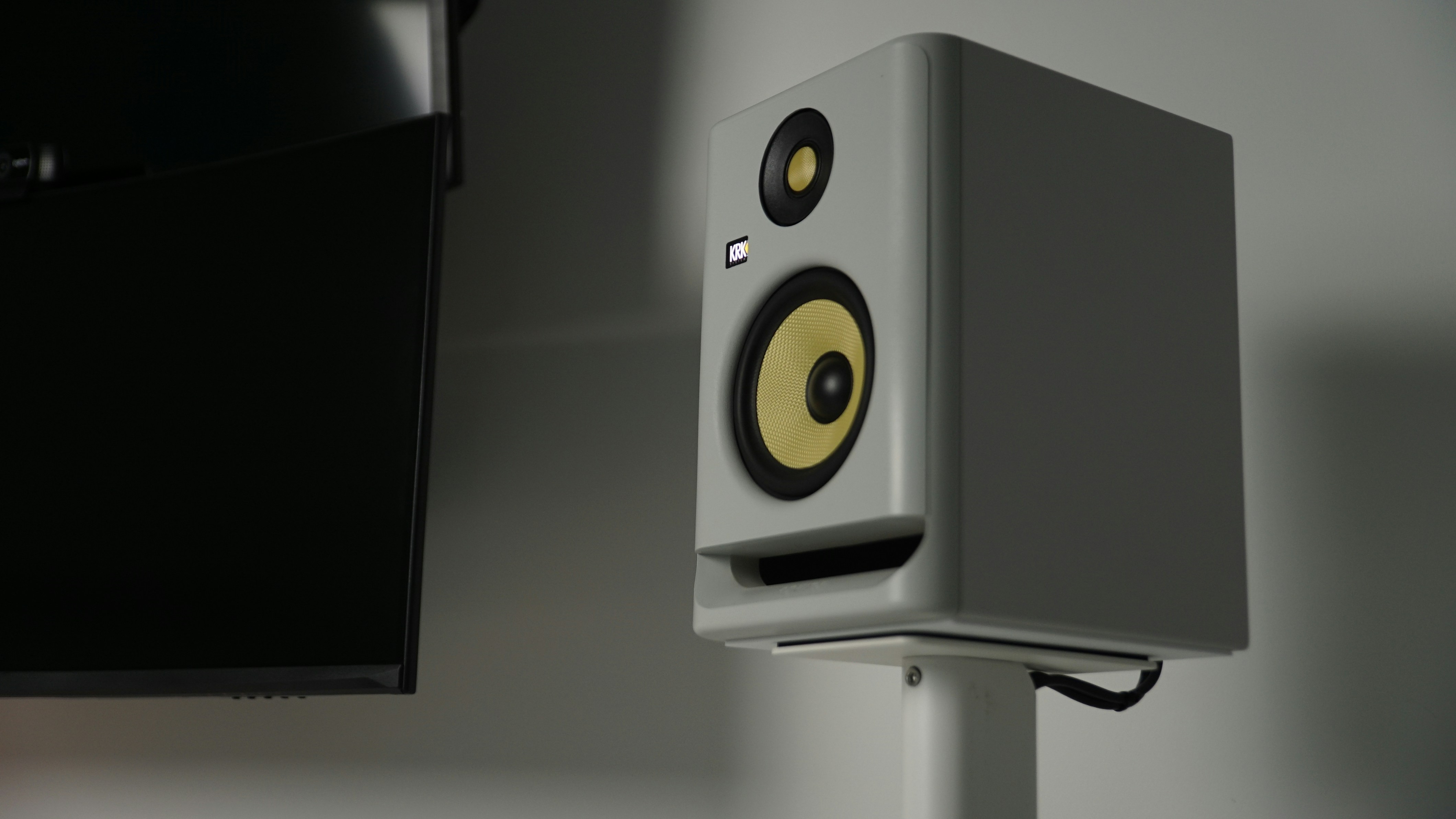Sonic Learning Environments: Enhance Online Course Engagement
In an educational landscape where digital platforms dominate, how can soundscapes elevate the online learning experience? The advent of sonic learning environments promises to reshape our interactions with educational content, not just by offering knowledge but also by harnessing the power of sound to captivate and engage learners. In this article, we’ll delve into how soundscapes can impact engagement and retention in online courses, illuminating a path towards richer educational experiences.
The Emerging Role of Sound in Education
Sound is often an overlooked element in the design of online courses. Traditionally, focus has been placed on visual components—videos, slides, and interactive activities. However, recent research indicates that auditory stimuli can significantly enhance learning outcomes. A well-curated sonic environment can create a sense of presence, foster emotional connections, and improve cognitive performance.
Understanding Sonic Learning Environments
Sonic learning environments encompass a diverse array of auditory elements, from background music and ambient sounds to spoken instruction and sound effects. These environments help create a multi-sensory experience that can be tailored to learners' preferences and needs. For instance, some students may thrive in a background of classical music, while others might find nature sounds—like ocean waves or birds chirping—more conducive to concentration.
In addition to aesthetics, the integration of sound can stimulate cognitive processes that improve retention. According to research published in the Harvard Business Review, sound has a profound effect on memory recall. Individuals exposed to particular soundscapes while learning are more likely to remember the content associated with those sounds, leading to more effective online education—a critical factor for course providers aiming to improve completion rates.
The Science Behind Sound and Learning
The psychology of sound suggests that auditory experiences can evoke emotions, create mental associations, and help in information retention. For example, a 2022 study explored how positive musical cues increased students' motivation and focus, thereby enhancing overall course engagement. This is where the concept of ‘sonic branding’ comes into play—leveraging specific sounds to enhance the learner’s experience and create distinct identities for courses.
Dopamine and Soundscapes
Interestingly, soundscapes can manipulate dopamine levels in learners. When a student listens to certain types of music or engaging sound effects, it can trigger the release of neurotransmitters that pave the path for heightened creativity and improved focus. Environments that integrate music appropriately can thus maximize student involvement and minimize distractions.
Personalizing the Learning Experience with Soundscapes
Every learner is unique, and harnessing the power of sound can help tailor the online learning experience to diverse preferences. By providing options for students to choose their preferred acoustic environment—be it silence, music, or ambient sound—educational institutions can endorse self-directed learning, a crucial aspect of modern education.
Custom Soundscapes
Consider the potential of a customizable soundscape feature in an online course. Students can select the types of sounds they wish to have in the background, be it a gentle stream, jazz music, or even guided meditations. This personalized approach could lead to increased satisfaction and emotional investment in the course.
The Implications for Course Design
The implications of integrating soundscapes into online course design are expansive. By strategically selecting and implementing sound elements, educators can enhance not only engagement but also knowledge retention and emotional connection with course material.
Guidelines for Incorporating Soundscapes
-
Identify the Purpose: Understand what each segment of sound—whether music or ambient noise—aims to achieve. Is it to create a calming effect, provide motivation, or reinforce a lesson’s emotional stakes?
-
Balance and Diversity: Too much sound can overwhelm, while too little may undermine. Finding the right balance is key to ensuring the desired impact on the learner.
-
Pilot Programs: Before rolling out a comprehensive sonic learning environment, conduct preliminary tests to gauge their effectiveness and gather student feedback. This iterative approach can help in refining sound selections and placements.
Evaluating the Impact of Sonic Learning Environments
With the aim of enhancing learning outcomes, a structured evaluation process should be established to assess the effectiveness of soundscapes. Key performance indicators might include:
-
Engagement Metrics: Analyze click-through rates, assignment submissions, and participation in interactive elements.
-
Retention Rates: Compare completion rates between courses that use soundscapes vs. those that don’t. An increase in retention will speak volumes about the efficacy of auditory enhancements.
-
Learner Feedback: Surveys and feedback forms are instrumental in gathering qualitative data on the perceived value of sonic elements and their effects on the learning experience.
Case Studies and Real-World Applications
Real-world examples of institutions successfully implementing sonic learning environments are encouraging. For instance, the University of Southern California utilized tailored soundscapes in its online media courses, resulting in a 20% increase in course completion rates. Similarly, MOOC (Massive Open Online Courses) providers that have adopted sound features report better engagement metrics compared to traditional offerings.
The Future of Sonic Learning Environments
Looking towards the future, it’s essential to acknowledge that the evolution of online education will continue to intersect with advancements in sound technology. As haptic feedback systems and immersive sound technologies develop, the potential to create even more engaging sonic learning environments will expand.
Integrating AI and Sound
Artifical Intelligence can play a pivotal role in facilitating dynamic sonic experiences. AI-driven platforms could analyze student learning styles and generate personalized soundscapes in real-time. This capacity for adaptive learning made possible by AI aligns with current trends toward personalization in education. You can explore more about AI's role in education through our article on The Future of Learning.
How to Get Started with Sonic Learning Environments
Creating an engaging sonic learning environment doesn’t require an extensive overhaul of existing online courses. Here are some first steps institutions and educators can take:
-
Pilot Integration: Begin by integrating a single sound element in one course. Gather feedback and adjust accordingly.
-
Resource Utilization: Use readily available resources, such as royalty-free music platforms and ambient sound libraries, to enhance auditory experiences.
-
Engage Stakeholders: Involve learners in discussions around preferred soundscapes to foster a sense of ownership and investment in their learning environment.
Final Thoughts
The integration of sonic learning environments could very well be the secret ingredient to unlocking higher engagement and retention rates in online courses. By creating memorable, emotionally resonant experiences that resonate across various learning styles, educators can foster a new era of online education. As we navigate the future, coupling innovative soundscapes with traditional learning strategies promises exciting opportunities. Just remember, it’s about harnessing the right sounds to amplify knowledge—making every course not just a lesson, but an immersive auditory journey.
For those interested in exploring how to create more engaging online courses, our article on Transform Online Learning with Soundscapes provides deeper insights into audio design strategies.












